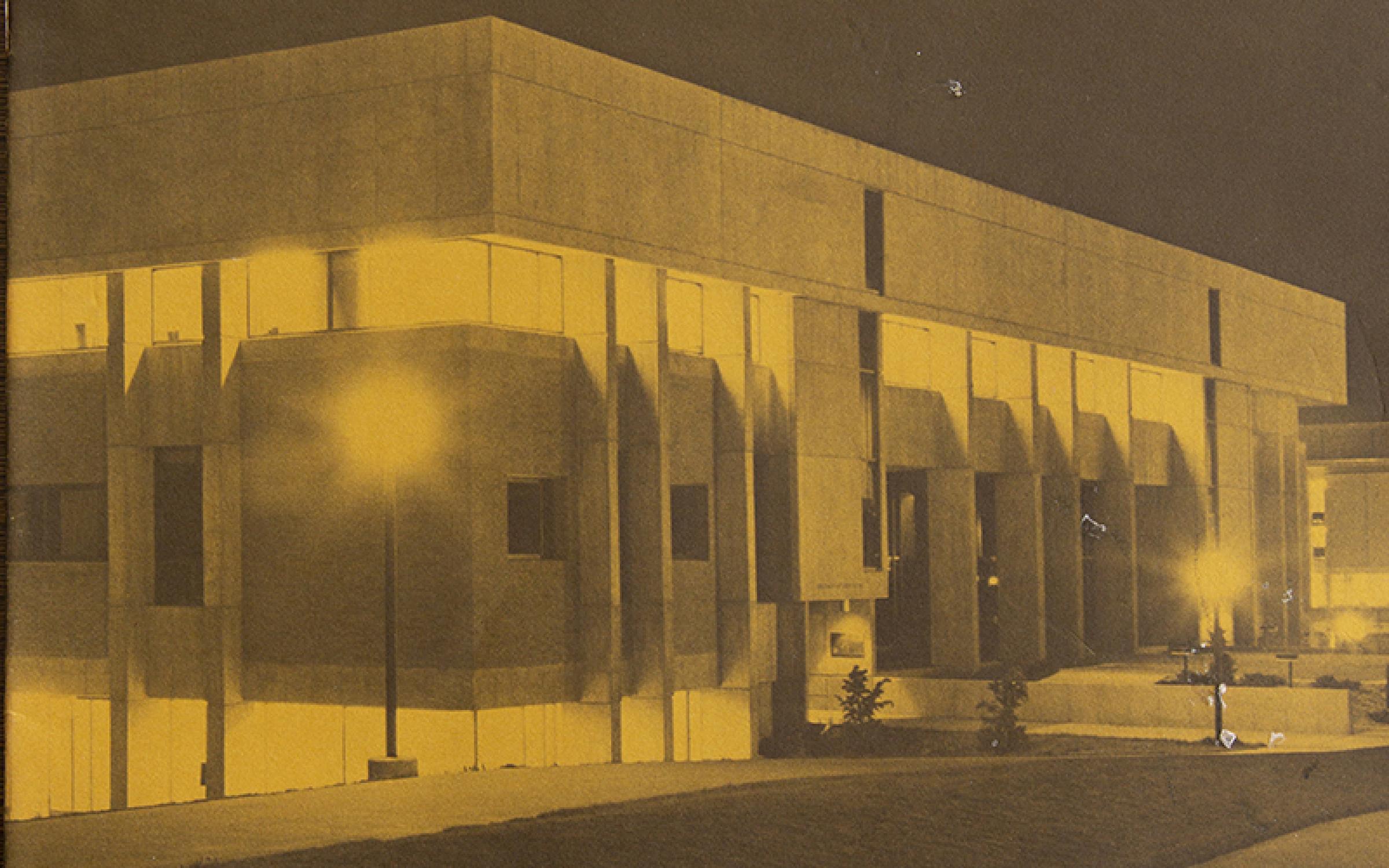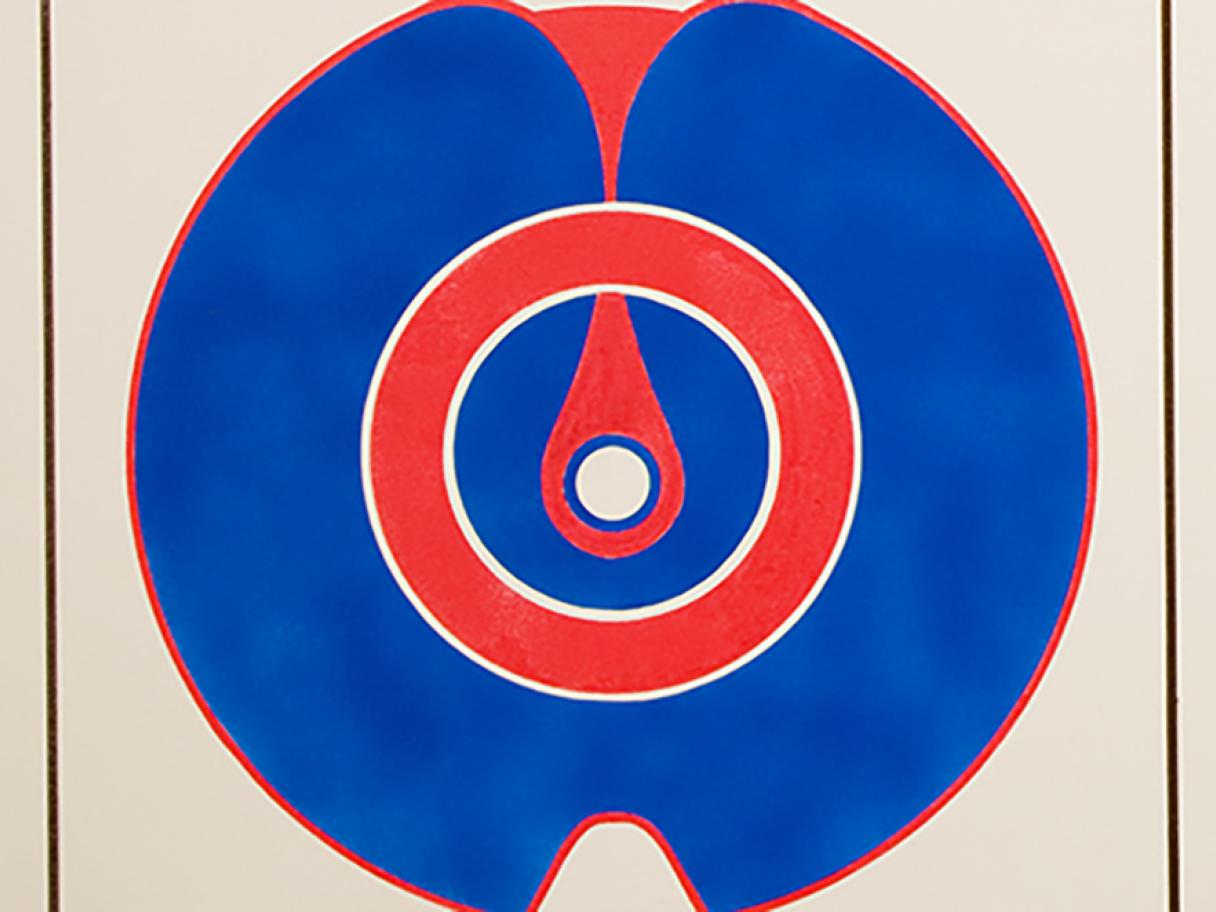
The [Art and Architecture] department’s two buildings are a complex of interlocking forms and spaces that create an intimate and human atmosphere which nurtures creativity.
– Art and Architecture Center booklet, University of Utah, 1971.
In a very, very definite way I wanted nothing to do with high school, and I had no intention of going to college.2
– Robert Smithson, interview with Paul Cummings for the Archives of American Art, 1972
Spiral Jetty’s fame spread rapidly through the art world following its April 1970 completion, but most Artforum-reading tastemakers imagined Utah either as an otherworldly desertscape or an ardently religious-cultural backwater. Yet those living in the state during the seventies knew that Salt Lake City percolated with creative energy.
In the fall of 1970 – and 290 days behind schedule – the University of Utah debuted a four million-dollar Art and Architecture Center to meet burgeoning student demand for arts education. Campus arts were interdisciplinary and innovative, as architecture and photography students and faculty collaborated with those in dance, film, and computer science. Music played a key role on campus, as psychedelic light shows accompanied student-led bands during University-sponsored concerts and dances.
From the late 1960s, up-and-coming art students such as Paul McCarthy and Richard Taylor were exposed to a rotating roster of internationally-regarded artist faculty at the University of Utah. Among the College of Fine Arts visiting professors were Alex Katz, James Turrell, Robert Irwin, Dale Eldred, Will Insley, and Robert Smithson.
Smithson discussed the possibility of a professorship with Robert Bliss, then Dean of the School of Architecture, when the two met at a gathering at the site of Spiral Jetty in 1971. A few artifacts and Smithson’s now-legendary Hotel Palenque talk testify to the artist’s fleeting presence on campus the following year. Part lecture, part slide show, Smithson delivered Hotel Palenque in the Fine Arts Auditorium on January 24, 1972 to an audience of around 250 people, mostly U of U faculty and students from the Department of Architecture.
2 Robert Smithson, Interview with Robert Smithson for the Archives of American Art/Smithsonian Institution, in Flam, 272.mc

In the fall of 1970 the University of Utah debuted a four million-dollar Art and Architecture Center to meet burgeoning student demand for arts education. Campus arts were interdisciplinary and innovative, as architecture and photography students and faculty collaborated with those in dance, film, and computer science.
A Complex of Interlocking Forms: Campus Arts and Culture at the University of Utah
Going from Void to Void: Growing the UMFA
Utah on a Turning Globe: Campus of Discontents
A Limited Closed System: Science, Technology, and the First Earth Day
The Will to Respond: Arts and Culture Answer Back
Time Trip Resources

